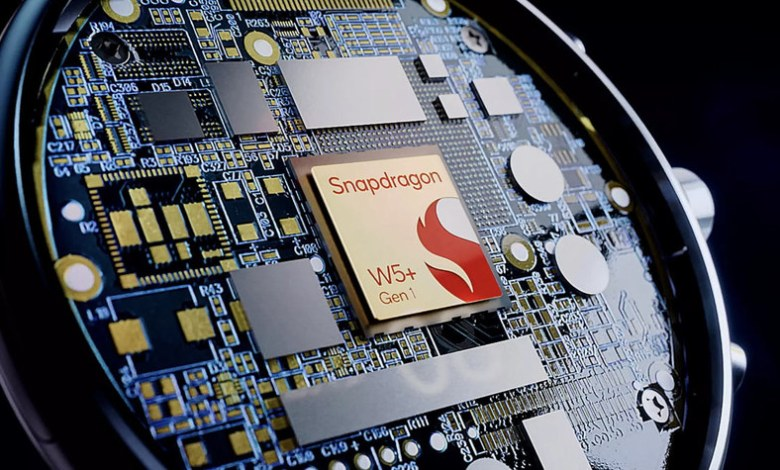In a world dominated by technological advancements, the smartwatch has deftly woven itself into our daily lives. On the surface, it may appear as just another handy gadget, but hidden beneath its sleek exterior is a world of complex technology, central to which is its processor or Central Processing Unit (CPU).
This article dives deep into the smartwatch’s technological core, illuminating the pivotal role of its CPU. We explore how the processor powers the functionalities of these ingenious devices, investigate their design and performance aspects, and address challenges and future prospects in the realm of smartwatch processor technology. Join us as we dissect the fascinating architecture of smartwatch processors and delve into their role in shaping the future of wearable technology.
Smartwatch Processor: The Brain of Wearable Technology
The modern era of technological evolution has witnessed remarkable advancements, and the wearable technology sector has not been left behind. Among these inventions, smartwatches are a paradigm shift in mobile technology. However, behind the sleek designs and cool features, the Processor’s power, specifically its CPU (Central Processing Unit), brings these devices to life.
The CPU of a smartwatch is its brain, deciphering and executing instructions to drive the watch’s operating system, applications, and interfaces. Like the processors in computers or smartphones, the smartwatch processor is an integral component that enables your smartwatch to perform various tasks, from counting your steps to making phone calls and even sending text messages.
The Compact Yet Powerful System-on-Chip (SoC) Design
A typical smartwatch processor boasts a system-on-chip (SoC) design. This incorporates a CPU alongside other essential components like a GPU (graphics processing unit) for graphics rendering, memory controllers, digital signal processors, and more. Given the space constraints in a wearable device like a smartwatch, this compact design is crucial.
The Role of the Processor in Smartwatch Performance
The processor largely defines the smartwatch’s performance and efficiency. A high-powered processor ensures smooth and speedy execution of tasks and applications. It also supports multitasking capabilities, allowing multiple apps to run simultaneously without causing any lag or slowdown.
Power Management and Smartwatch Processors
One crucial function of the smartwatch processor is the management of power consumption. Given the limited battery capacity in smartwatches, the CPU must be engineered to maximize battery life. Modern processors use advanced techniques like dynamic frequency scaling and power gating to optimize power usage based on the watch’s activity level.
Advanced Features and Capabilities
Smartwatch processors often have additional features like a neural processing unit (NPU) or AI accelerator. These support AI-powered applications like fitness tracking, voice assistants, and personalized recommendations. This ability to support AI applications contributes an added layer of personalization and functionality to the smartwatch experience.
Smartwatch Processor Development and Future Expectations
The evolution of smartwatch processors has been impressive, reflecting the broader trends in the technology industry. Early smartwatch models featured processors that prioritized minimizing power consumption over speed. While power efficiency remains a significant consideration in processor design, modern smartwatch CPUs also focus on maximizing performance to deliver a seamless user experience.
Embracing Advanced Technologies
Recent advancements in smartwatch processor technology have incorporated cutting-edge features such as Machine Learning (ML) and Artificial Intelligence (AI). These technologies enable the device to learn from user behaviors and adjust its functionalities to meet individual needs better. For example, AI can enhance fitness tracking capabilities, recognizing various forms of exercise and providing more accurate health data analysis.
Edge Computing in Smartwatches
The concept of edge computing has been introduced into smartwatch technology, enabling data processing to happen directly on the watch itself. This reduces the need for constant connectivity and data transfer to a paired smartphone, thereby enhancing user privacy and saving battery life.
Challenges and Future Directions
Despite the remarkable advancements in smartwatch processor technology, several challenges need addressing. Chief among them is balancing between power efficiency and performance. As user demands for more complex functionalities grow, processors require more power, which can strain battery life.
The Quest for Longer Battery Life
Manufacturers strive to improve energy efficiency, aiming to produce processors with high performance and lower power consumption. This will entail ongoing advancements in processor design and the exploration of new materials and manufacturing techniques.
Harnessing the Power of Nanotechnology
Another promising future direction is the utilization of nanotechnology in smartwatch processors. This could pave the way for even smaller, more efficient chips to power a new generation of feature-rich yet power-efficient wearable devices.
Conclusion
In the final analysis, the smartwatch processor, or CPU, stands as a symbol of the remarkable strides made in miniaturizing powerful computing capabilities. With every evolution, these small but mighty components promise an exciting future for wearable technology, providing users greater functionality, personalization, and convenience. The continued development and innovation in processor technology will undoubtedly keep shaping the smartwatch industry for years to come.


